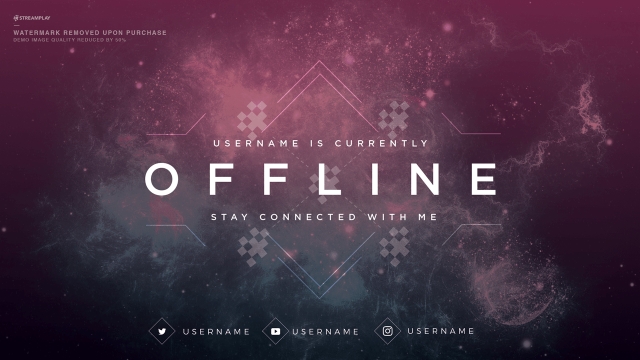
In recent years, the landscape of entertainment has undergone a remarkable transformation, driven by the evolution of online streaming. No longer do we need to rely on traditional cable television or physical media to enjoy our favorite shows and movies. Instead, a plethora of digital platforms has emerged, offering on-demand access to a vast array of content at our fingertips. This shift not only caters to our desire for convenience but also opens up a world of possibilities for discovering new and diverse voices in storytelling.
As we navigate this digital wave, the ways in which we consume entertainment continue to evolve. With the flexibility to watch wherever and whenever we please, online streaming has reshaped our viewing habits. From binge-watching entire seasons in one sitting to exploring niche genres that traditional media may overlook, the journey through this new era of entertainment is both exciting and dynamic. Join us as we delve deeper into the world of online streaming and how it is redefining our relationship with content.
The Rise of Streaming Platforms
In recent years, the landscape of entertainment has transformed dramatically with the rise of streaming platforms. Traditionally, viewers relied on cable television and physical media to access their favorite shows and movies. However, the emergence of on-demand streaming services has shifted consumer behavior towards a model that prioritizes convenience and flexibility. Viewers now prefer the ability to watch content whenever and wherever they choose, leading to a significant decline in traditional television viewership.
The growth of high-speed internet and the proliferation of smart devices have further fueled this shift. With just a few clicks, audiences can access vast libraries of content across various genres. This accessibility has not only made it easier for consumers to enjoy their favorite programs but has also opened the door for independent creators to share their work with a global audience. The rise of platforms like Netflix, Hulu, and Amazon Prime Video has redefined how content is produced, distributed, and consumed.
As competition among streaming services intensifies, companies are constantly seeking innovative ways to attract and retain subscribers. Original programming has become a key focus, with many platforms investing heavily in exclusive content. This strategy not only enriches the viewing experience but also fosters brand loyalty, making it clear that the streaming revolution is here to stay. As more players enter the market, viewers can expect an even broader array of options, solidifying online streaming’s place as the cornerstone of modern entertainment.
Impact on Traditional Media
The rise of online streaming has dramatically altered the landscape of traditional media, forcing established players to adapt or face decline. Major networks and studios that once dominated television and film distribution now find themselves competing with streaming services that offer on-demand content accessible from various devices. This shift has led to a decline in traditional advertising revenues, as viewers increasingly gravitate towards streaming platforms that provide ad-free experiences or more targeted advertising options.
Explore
Moreover, streaming has changed the way content is consumed. Audiences are now accustomed to binge-watching entire seasons of shows, leading to a decrease in the cultural phenomenon of weekly episodic releases. Traditional television scheduling is losing its significance, as viewers prefer the freedom to watch what they want, when they want. This transformation has prompted traditional media companies to innovate their own streaming services, recognizing the demand for flexible viewing options.
Additionally, the competitive environment of online streaming has pushed traditional media to invest heavily in original content. In an effort to retain viewers, networks are producing exclusive shows and films to draw subscribers. This shift not only intensifies competition among platforms, but also raises the stakes for content quality and diversity. As a result, audiences benefit from a broader range of entertainment choices than ever before, highlighting the need for traditional media to continually adapt in order to survive in this new digital era.
Future Trends in Online Streaming
The landscape of online streaming is continually evolving, with several key trends shaping its future. One major development is the integration of artificial intelligence to enhance personalized content recommendations. As platforms gather more data on user preferences, AI algorithms are becoming increasingly sophisticated. This will enable a more tailored viewing experience, allowing users to discover content that aligns closely with their tastes, thereby boosting engagement and satisfaction.
Another significant trend is the rise of live streaming. With advancements in technology, platforms are now able to deliver real-time content seamlessly. This has opened new avenues for entertainment, sports, and social interactions, as audiences can engage with their favorite creators and events in real-time. As more platforms invest in interactive features, live streaming is expected to become a dominant force in online entertainment, blurring the lines between traditional broadcasting and user-generated content.
Finally, the shift toward subscription-based and ad-supported models is altering the financial landscape of streaming services. As competition intensifies, more platforms are exploring hybrid approaches that combine subscription fees with advertisements. This allows for greater accessibility to a wider audience while still generating revenue. As consumers become more discerning about content and costs, these models will likely evolve further, emphasizing the importance of quality and diversity in content offerings.



